Harvesting Caraway Seeds – When To Pick Caraway Plants
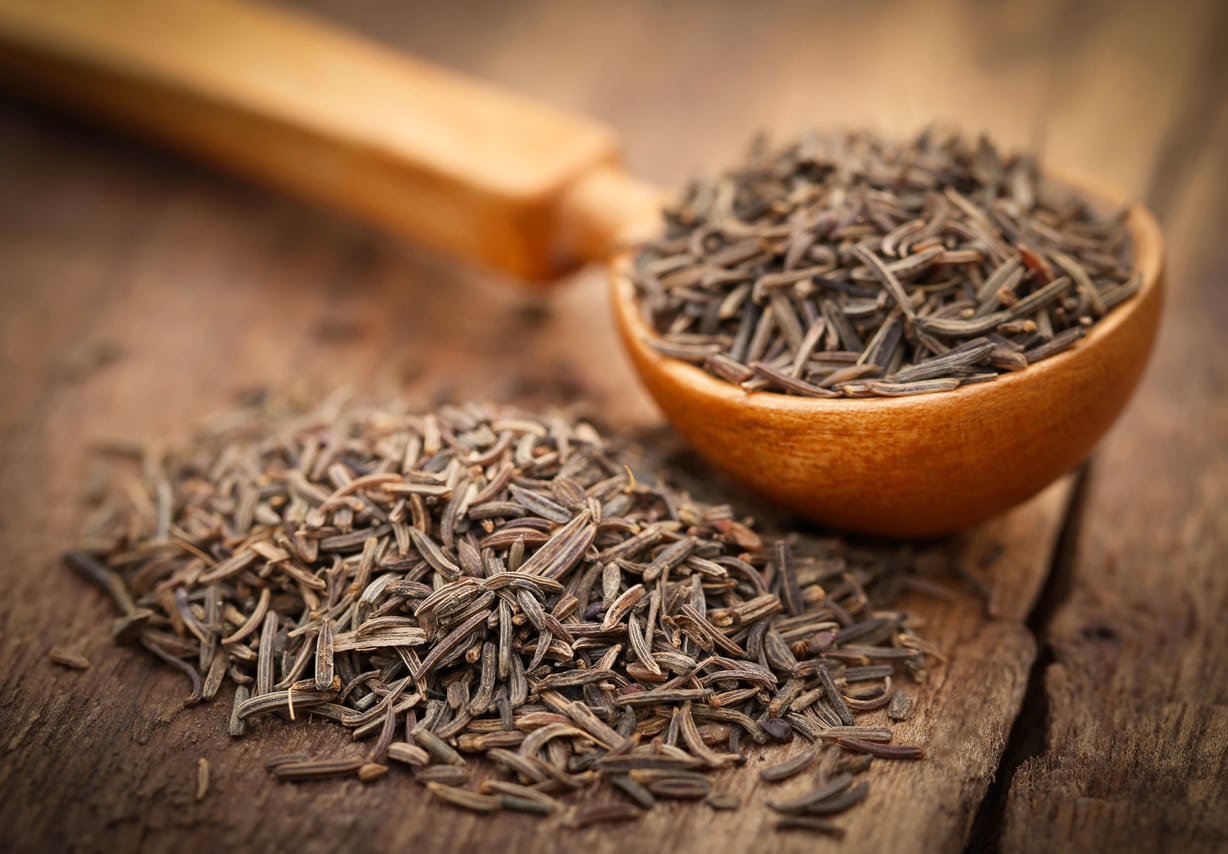

Caraway is truly a useful plant with all parts of it edible for culinary or medicinal purposes. What parts of caraway can you harvest? The most commonly used part of caraway is the seed, which is a classic addition to cabbage dishes and adds sweet, nutty flavor to baked goods like breads and cake. It is an easy plant to grow and harvesting caraway seeds is just a two-step process. Continue reading to learn when to pick caraway so the seeds will be at the peak of their flavor.
When to Pick Caraway
Caraway is a biennial herb whose leaves, roots, and seeds can be eaten. The plant prefers cool weather and is most often sown in spring or autumn. The deeply notched leaves form a rosette in the first year while it develops the deep taproot. Long stems form during the second year and bear umbrella-like clusters of white to pink flowers. Seeds start ripening a month after flowering and is followed by plant death. The leaves are taken in spring from the first year and used as part of salads or lightly sautéed. Harvest no more than 1/3 of the plant leaves to ensure continued health of the herb. Leaves remain fresh in the refrigerator for up to two weeks. Roots are prepared much like carrots or parsnips and should be dug up after the caraway plant flowers. The seed is available in the second year and must be completely dried prior to storage. The large, white umbel flower bunches will dry, lose petals, and form small capsules. These split open when dried and release the tiny seeds. Seeds can be kept for a year in an airtight container.
How to Harvest Caraway
As the season ends and the petals fall from the flowers, the seed pods are forming. In the wild, they would just dry on the plant, crack open, and self-sow. To glean your own caraway harvest, you need to beat Mother Nature. Wait until all the petals are gone and the seed pods are tan to light brown. Cut off the umbels and bundle the stems together for ease of handling. Put them into paper bags with the stems sticking up through the top. Place the bags in a dry location and let the pods finish drying. In a week or two, shake the bag to release the seeds from the cracked pods. Discard the dried umbels.
Preserving Your Caraway Harvest
After harvesting caraway seeds, they need to be preserved. They should be dry enough after a couple of weeks in the paper bags or you can place the umbels on a dehydrator until the pods crack. After you separate the chaff from the seeds, they may be bottled, placed in a plastic Ziploc bag or put in an airtight vacuum bag. The key is to avoid air, light, and heat from getting to the seeds. These extremes can diminish the oils and, therefore, the flavor of the seeds. With careful preparation, that sweet, almost licorice, flavor will remain for up to a year.
Gardening tips, videos, info and more delivered right to your inbox!
Sign up for the Gardening Know How newsletter today and receive a free copy of our e-book "How to Grow Delicious Tomatoes".

Bonnie Grant is a professional landscaper with a Certification in Urban Gardening. She has been gardening and writing for 15 years. A former professional chef, she has a passion for edible landscaping.
-
 Try The Trend – Turn Any Bed Into A Keyhole Garden With This Clever In-Ground Composter
Try The Trend – Turn Any Bed Into A Keyhole Garden With This Clever In-Ground ComposterKeyhole gardening is an efficient and sustainable practice that saves space. Get started on this DIY project quickly and easily with an in-ground composter.
By Bonnie L. Grant
-
 4 Superfast Composting Methods: Turn Waste Into Garden Gold In 30 Days Or Less
4 Superfast Composting Methods: Turn Waste Into Garden Gold In 30 Days Or LessTry the fastest composting methods to turbocharge your pile and transform kitchen scraps and garden waste into finished compost in just a few weeks.
By Mary Ellen Ellis
-
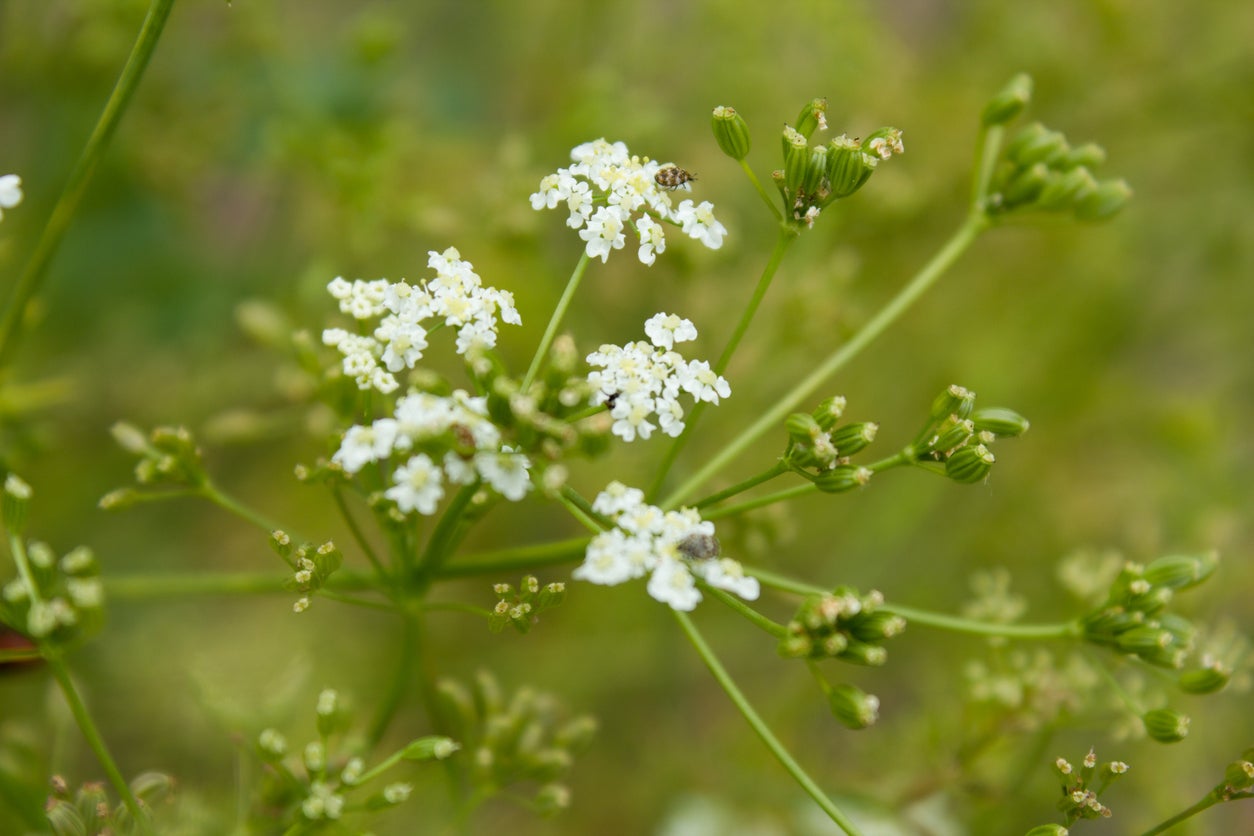 Varieties Of Caraway – Are There Different Caraway Plant Species You Can Grow
Varieties Of Caraway – Are There Different Caraway Plant Species You Can GrowYou can grow and harvest your own seed to use in the spice cupboard, but first you need to choose the varieties of caraway that will perform best in your garden. There are approximately 30 caraway plant species. Learn about some of them in this article.
By Bonnie L. Grant
-
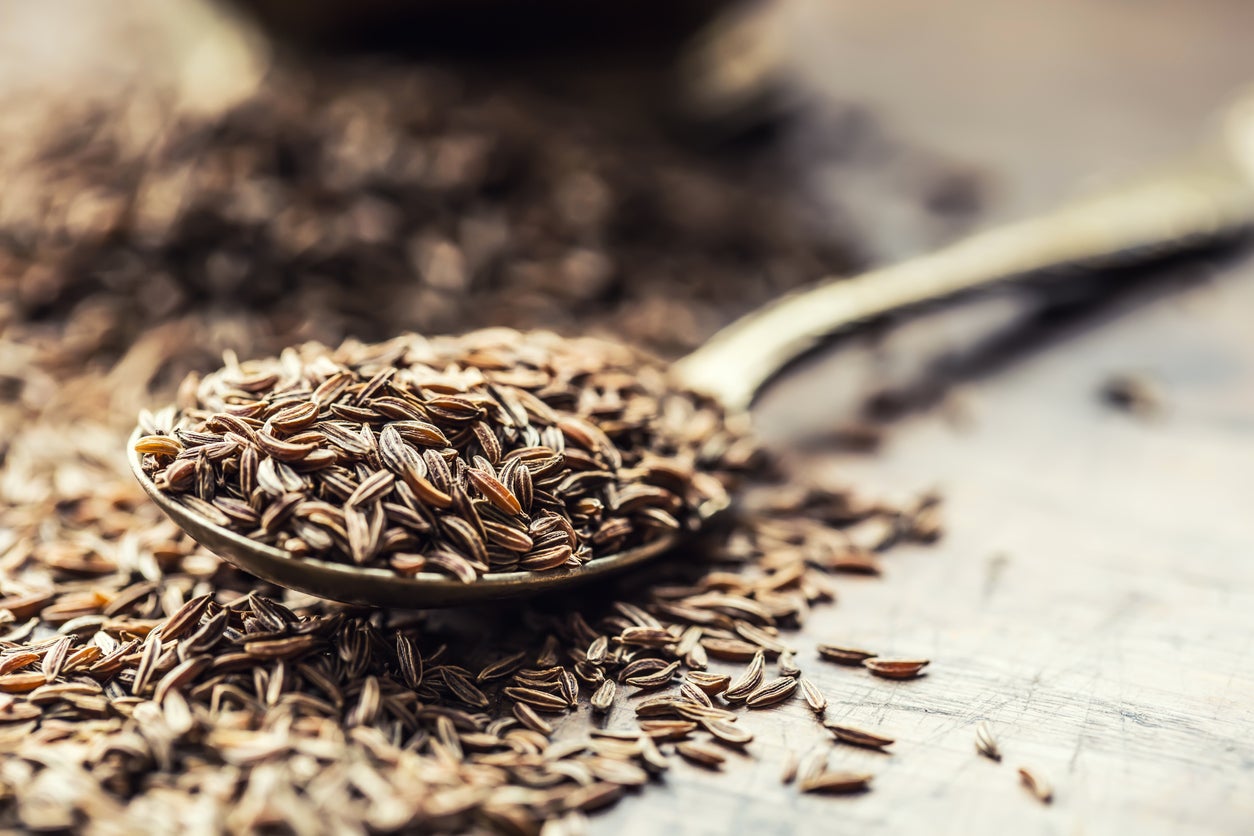 Storing Caraway: Learn How To Dry Caraway Seeds
Storing Caraway: Learn How To Dry Caraway SeedsIf you’re wondering how to preserve caraways seeds from plants grown in your garden, drying caraway is the easiest and safest way to go. Want to learn how to dry caraway seeds? Click this article for easy instructions.
By Mary H. Dyer
-
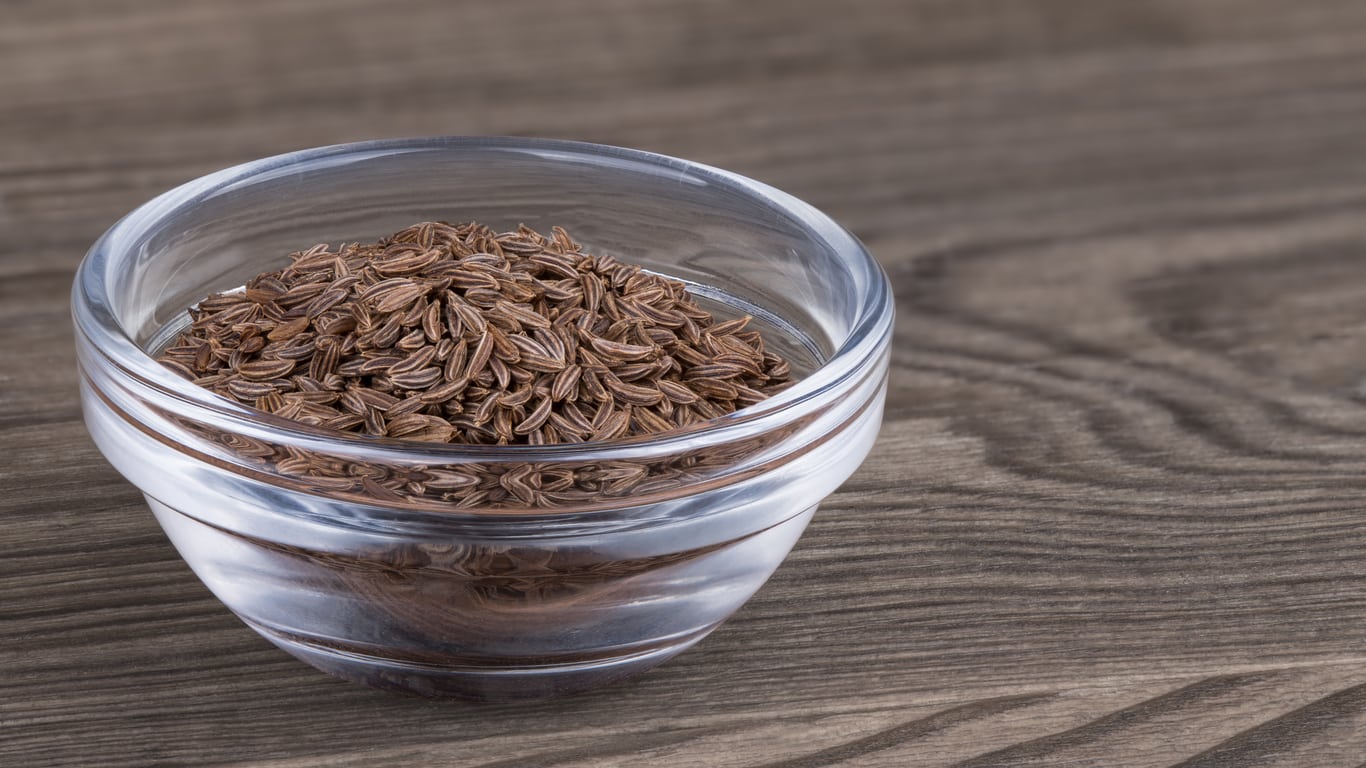 Common Caraway Benefits – Is Caraway Good For You
Common Caraway Benefits – Is Caraway Good For YouIs caraway good for you? Many gardeners are impressed by the health benefits of caraway and grow it for medicinal purposes. For information on using caraway for health, the following article can be of help. Click here to learn more.
By Teo Spengler
-
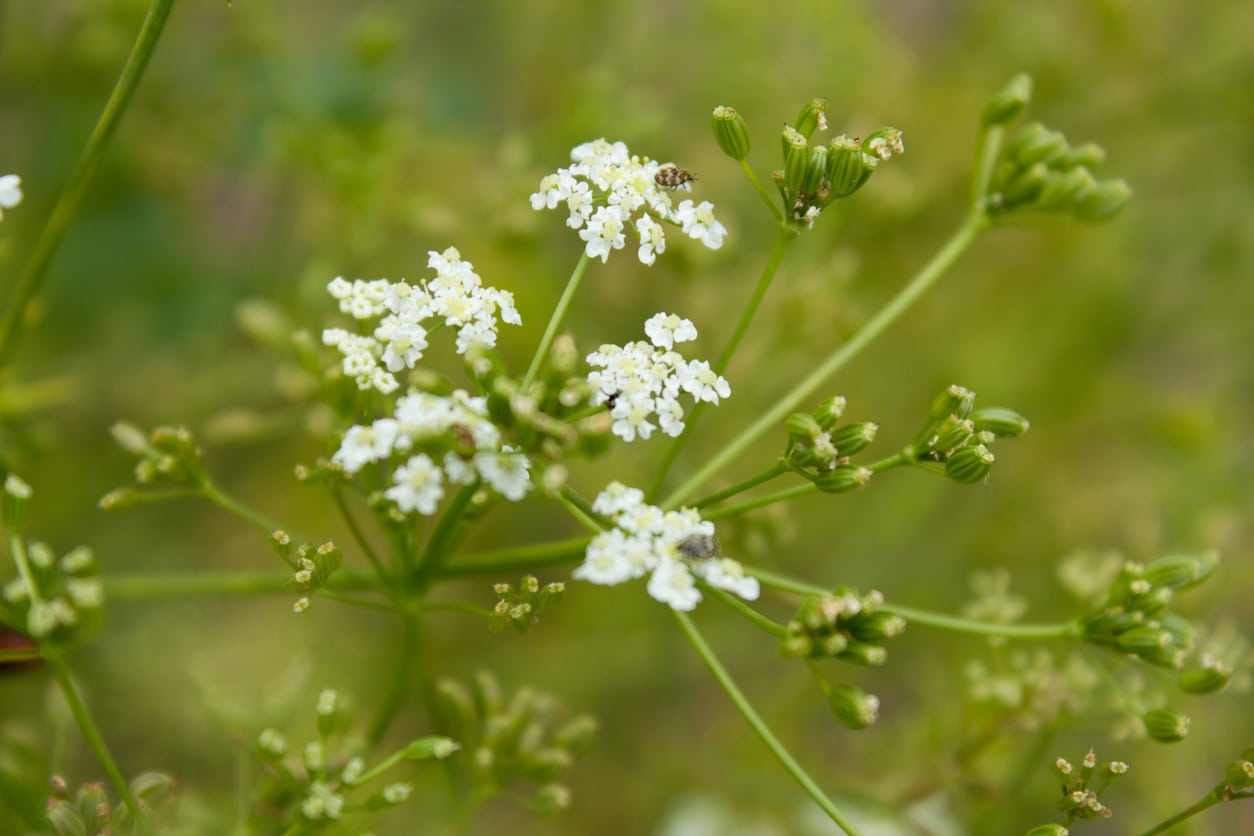 Caraway Issues In The Garden – Dealing With Disease And Pests Of Caraway
Caraway Issues In The Garden – Dealing With Disease And Pests Of CarawayCaraway is a biennial plant cultivated for its anise-like flavored seeds. It is a fairly easy herb to grow with very few caraway issues. Closely related to both carrots and parsley, problems with pests and diseases of caraway tend to be of the same kind. Learn more here.
By Amy Grant
-
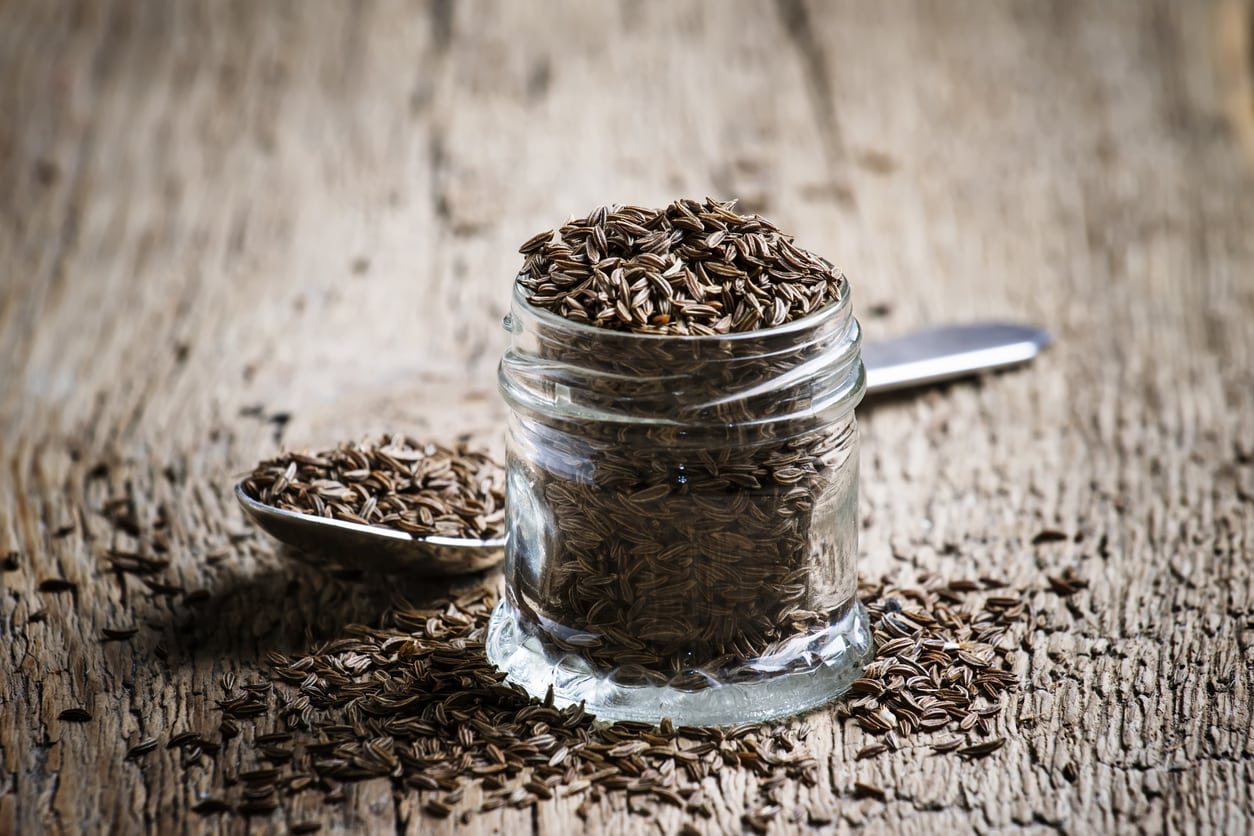 Caraway Uses – What To Do With Caraway Plants
Caraway Uses – What To Do With Caraway PlantsIt’s the caraway that sets rye bread apart from all other deli breads, but did you ever wonder how else to use caraway seeds? There are a plethora of caraway uses. Click this article if you’re interested in what to do with caraway post plant harvest.
By Amy Grant
-
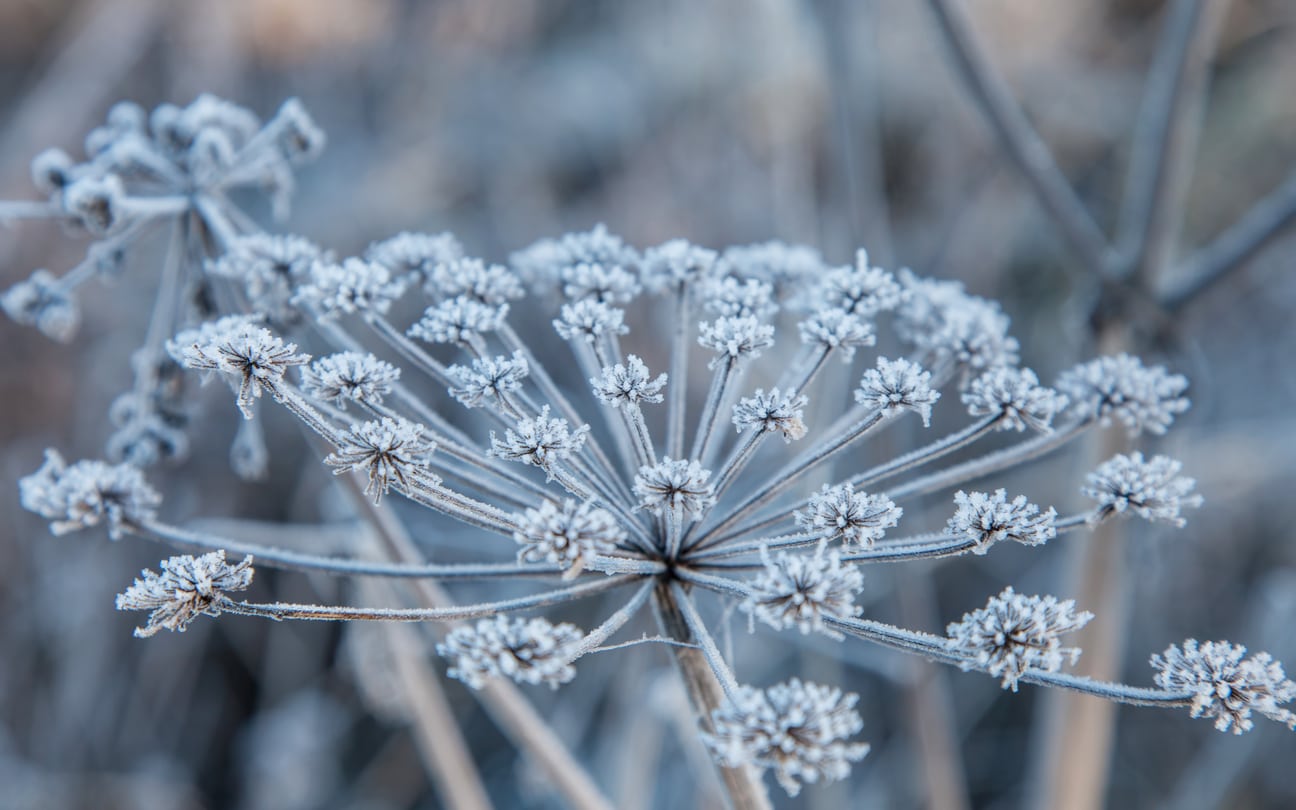 Caraway Winter Care – Caraway Cold Hardiness In The Garden
Caraway Winter Care – Caraway Cold Hardiness In The GardenKeeping caraway in winter isn’t a problem in mild regions, but in chillier areas, caraway winter protection is a must. Click this article to learn about caraway winter planting, caraway cold hardiness, and how to make sure your plants make it to spring.
By Teo Spengler
-
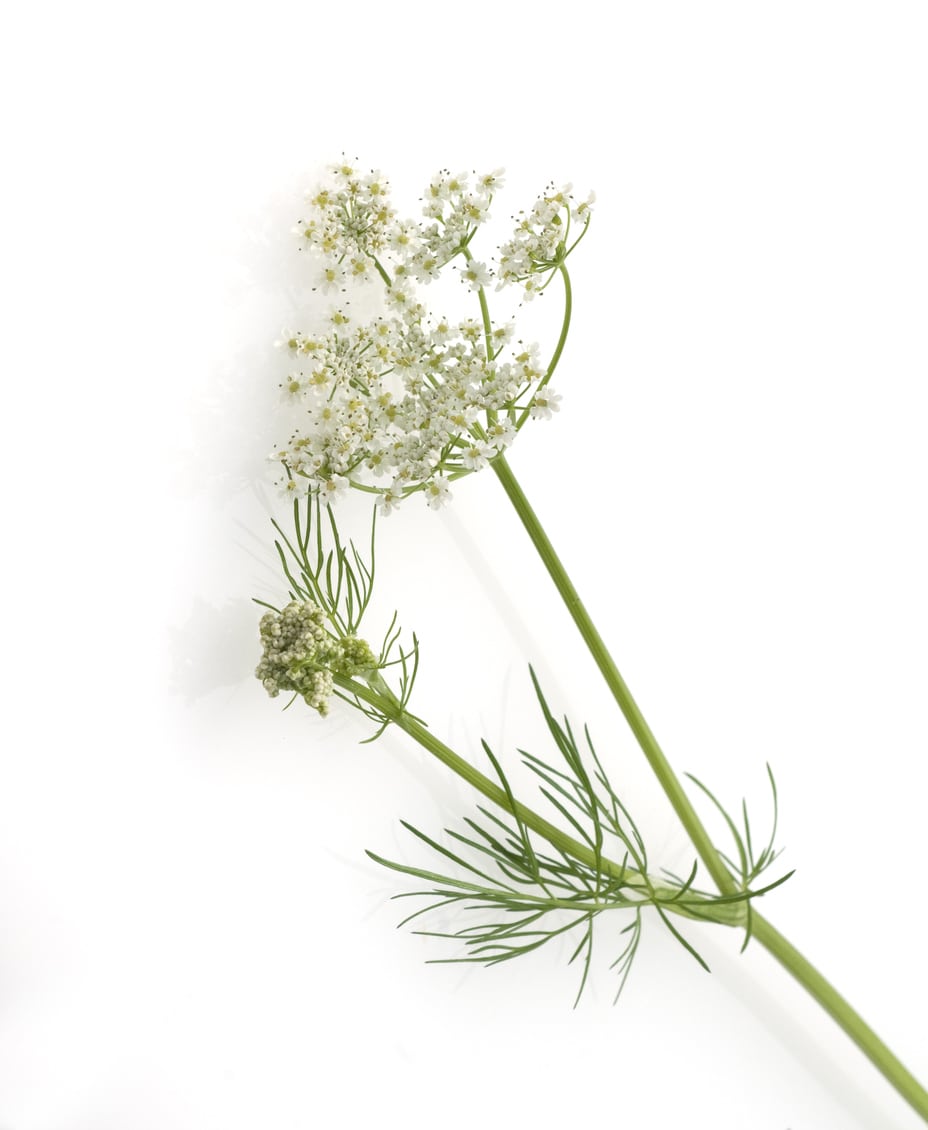 Failing Caraway Symptoms: Common Diseases Of Caraway Plants
Failing Caraway Symptoms: Common Diseases Of Caraway PlantsCaraway is a great herb to grow in the garden. While most people only think of the seeds as edible, you can actually eat the entire plant, including the roots. Unfortunately, there are some caraway diseases that may harm, or even kill, your plants. Learn about them here.
By Mary Ellen Ellis
-
 Planting Seeds Of Caraway Plants – Tips For Sowing Caraway Seeds
Planting Seeds Of Caraway Plants – Tips For Sowing Caraway SeedsGrowing caraway from seed isn’t difficult, and you’ll enjoy the appearance of the lacy leaves and clusters of tiny white flowers. Once the plant is mature, you can use leaves and seeds in a variety of flavorful dishes. Learn how to plant caraway seeds in this article.
By Mary H. Dyer